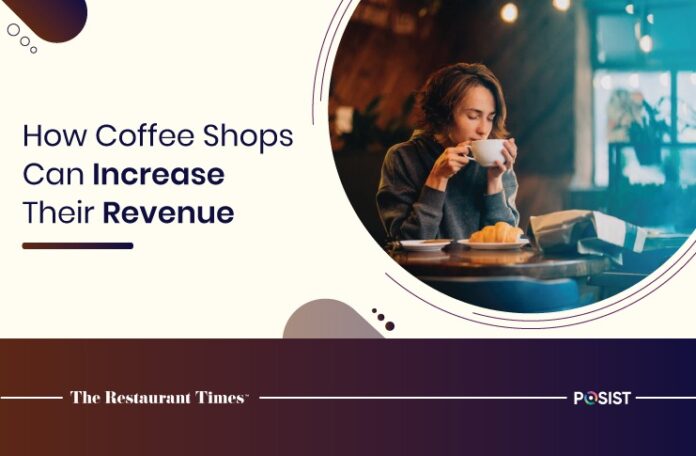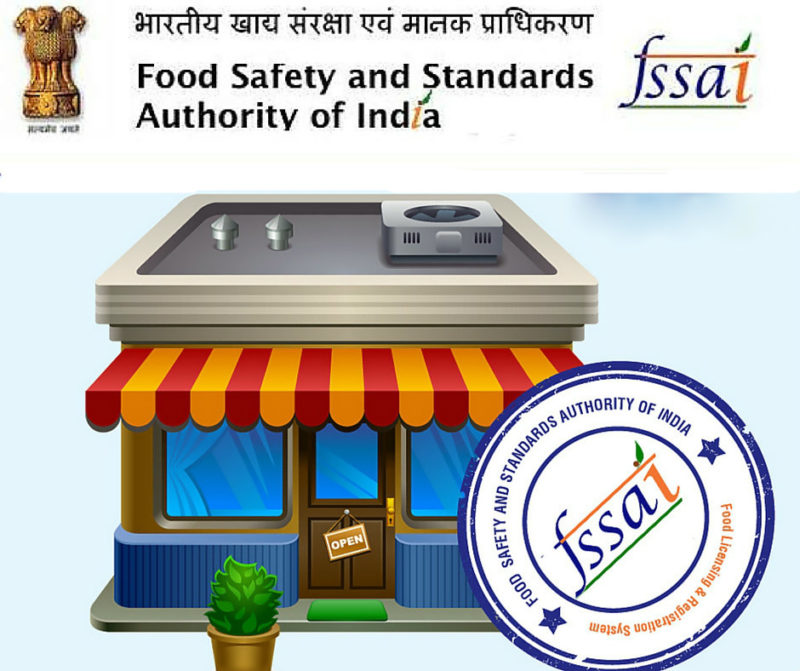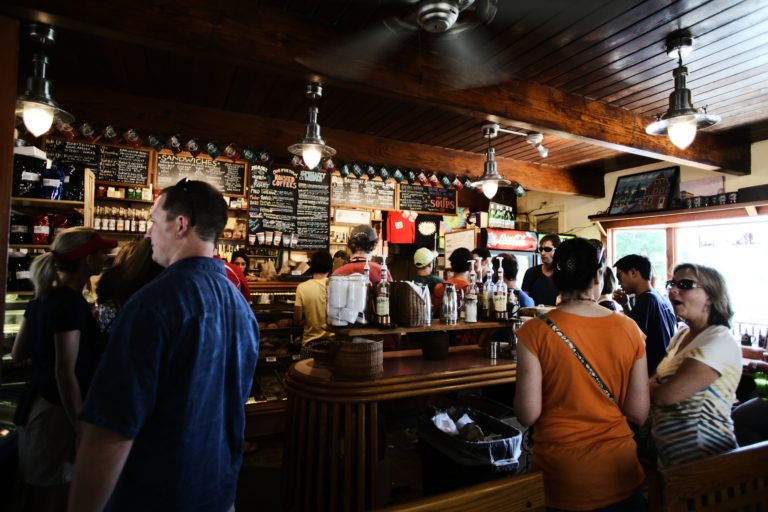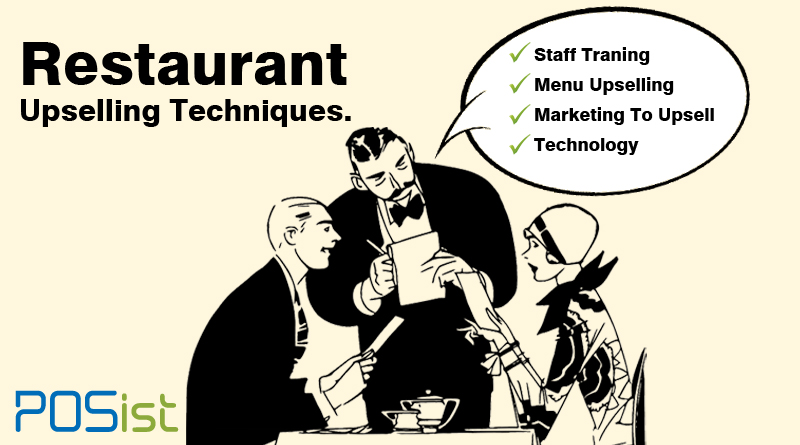Recent figures suggest that over half of all regular coffee shop customers will start having their morning cup of coffee at home rather than at a coffee shop.
This decline in people having their coffee out has largely been attributed to the longer-term effects of the pandemic, specifically how it has caused fewer people to commute to work, and that many coffee drinkers invested in fancy coffee machines while coffee shops were closed during lockdowns.
As a result of this, many coffee shops will have to start finding sources of revenue other than selling coffee just to match their pre-pandemic income.
Here, we will go through some ways that coffee shops can create additional income streams based on this shift in consumer behavior.
Offering Coworking Memberships at Your Coffee Shop
One type of business that has seen huge growth since the pandemic has been coworking spaces.
This is because many people who have been working remotely since the pandemic want a place where they can work on a flexible basis to help them create a psychological barrier between their work life and home life.
Coffee shops can tap into this growing market by creating a dedicated working space on their premises.
Coffee shops can charge a fee (either per-user or recurring) for people to use this space so long as they justify this by providing necessary amenities for working.
To be competitive in the coworking space industry, these amenities must include:
- Ergonomic chairs with some sort of padded seat and armrests
- Desks with a decent amount of space
- Several plug sockets per person (ideally at desk height)
- Good internet
- The option to not have music piped into that area
Coffee shops that decide to pivot in this dimension should play around with whether it is more profitable to offer unlimited coffee as part of the membership or they should upsell food and drinks to members.
The coffee shops in the best position to make this pivot should have the following:
- Be in a location where young professionals live
- Have fairly large premises to accommodate this dedicated area
- Have the infrastructure to support strong, and consistent WiFi
Sell Coffee Making Courses
Sales of coffee machines to the home market rose by around 80% during the pandemic.
Many coffee drinkers want to take their home coffee-making skills to the next level and are willing to pay to have a professional help them do this. This could be an opportunity for coffee shops, considering that you already have baristas on your payroll.
To be able to offer these courses you need a:
- Some dedicated space
- Extra coffee machines that you don’t mind suffering wear and tear
- At least one barista who is passionate and charismatic enough to make a good teacher
Coffee shops that I have seen run these classes usually hold sessions with 4-8 students at a time and charge anywhere from $40 – $80 per student. Students are taught how to pull an espresso properly, make different types of coffee drinks, and the basics of how coffee machines work.
These types of sessions can be marketed as barista training for those who want to work in coffee shops or just espresso-making training for home enthusiasts.
Sell Alcohol
Selling alcohol and allowing people to drink alcohol at your premises can be an effective way of increasing your coffee shop’s income during the typical quiet hours, namely after 4 pm.
While most coffee shops don’t really have the right atmosphere to start competing with pubs and selling tall glasses of ale on tap, they can cater to people who might want a glass of wine after work or a nightcap after dinner.
Since your target market for selling alcohol will likely be working people, you are most likely going to be able to do this successfully if you are located in an area where there are lots of offices and other non-retail or hospitality businesses around you.
There are quite a few legal and compliance hoops to jump in order to be able to sell alcohol on your premises. The exact specifics of what you need to do will vary significantly between jurisdictions, however, it will almost always involve some forms of the following:
- Obtaining a license to sell alcohol
- Training staff on how to sell alcohol safely and legally
- Obtaining consent from your neighbors for you to sell alcohol commercially
This process can take a while (for the UK-based coffee shop that I help run it took around 6 months to gain all the necessary licenses) so if you want to go down this route then don’t expect to start making money from this decision right away.
It’s also worth bearing in mind that the more complex your menu offering is (for both food and drinks) the more sophisticated an inventory management system you need to keep control of all your stock.
Posist’s restaurant inventory software can be a great solution to managing expanding menus.
Sell Health Food and Drinks
Although people have started making their own coffee at home, they are still happy to go out for food and drinks whose ingredients are hard and expensive to source in small quantities.
Health foods such as smoothies and dishes containing superfoods are examples of these types of products that are expensive to make in small quantities. Coffee shops can therefore do well by selling these types of products.
The key to doing well with this type of pivot is in being able to position yourself as the go-to place in your neighborhood for a healthy drink or meal out.
One of the most effective ways to do this is by partnering up with other local businesses that cater to a health-conscious market but who do not directly compete with you.
Examples of these types of businesses include gyms and organic food shops.
It may well be worth offering discount vouchers for these businesses to give to these customers to get your name on the map as somewhere where you can purchase these items. If you make these products well then the word should spread and people will come back for more.
Summing Up – Think about How you Can Serve Your Local Area with What you Have
Pivoting a business is looking at new ways that you can use your existing assets to serve people.
There is therefore no “best” new service to add to your coffee shop. It all depends on what you can offer, and who your audience is.
Focus on how these two factors can mesh and you should be on your way to success.
This article was written by Oli Baise. Oli has been helping to run the London-based coffee shop The Coffee Traveller for the past five years. He writes about all things coffee and the coffee industry on his blog Drinky Coffee.


















